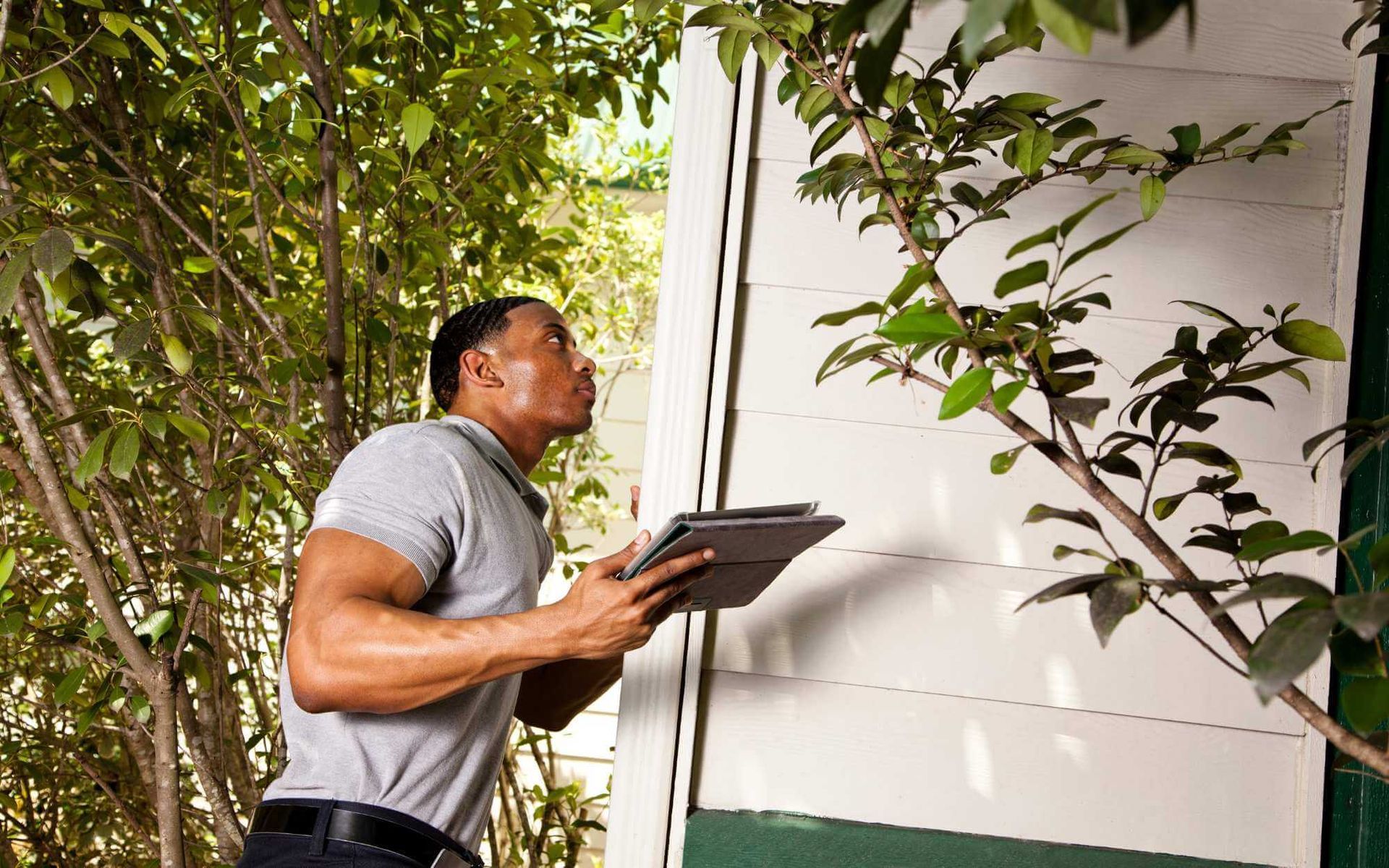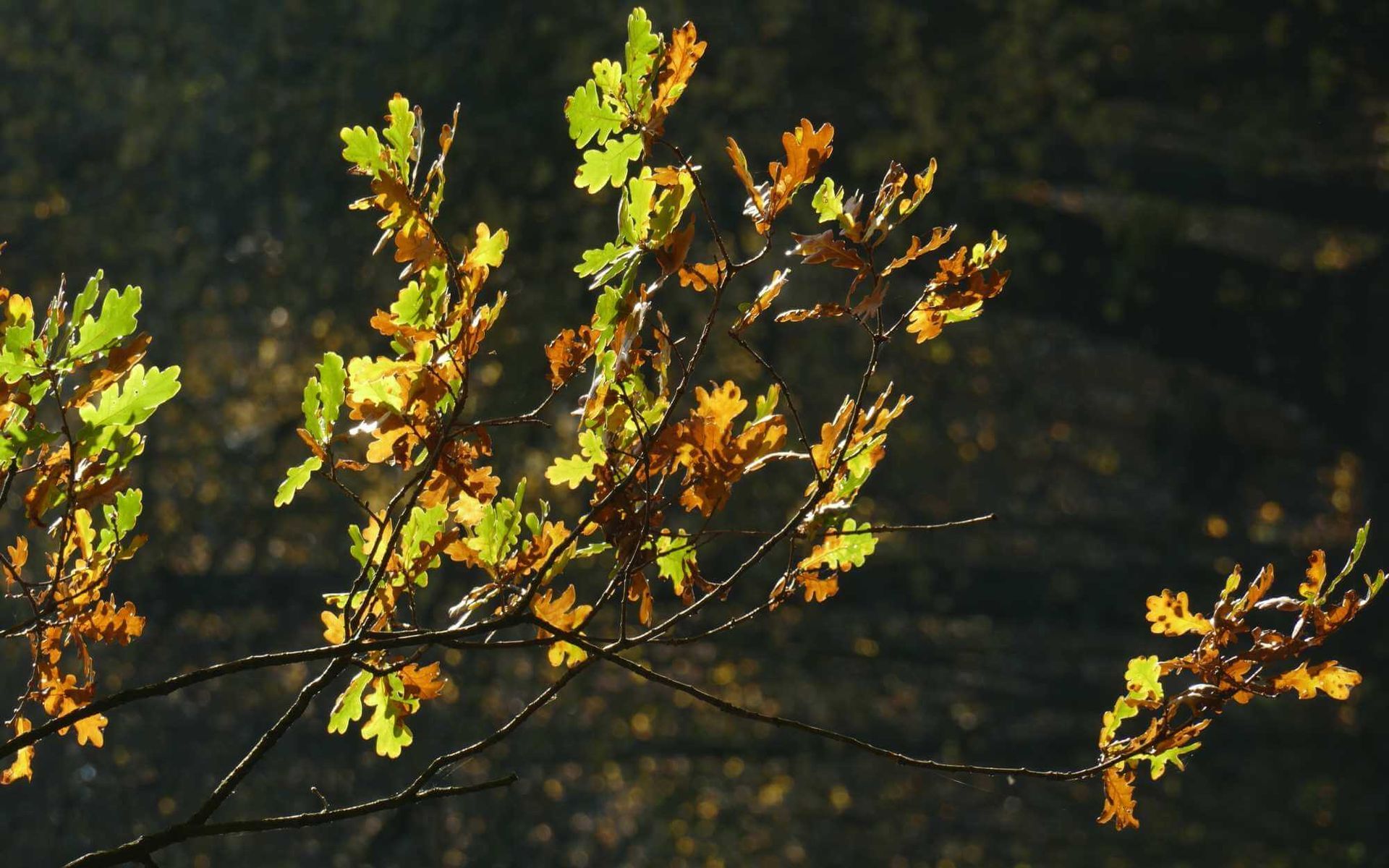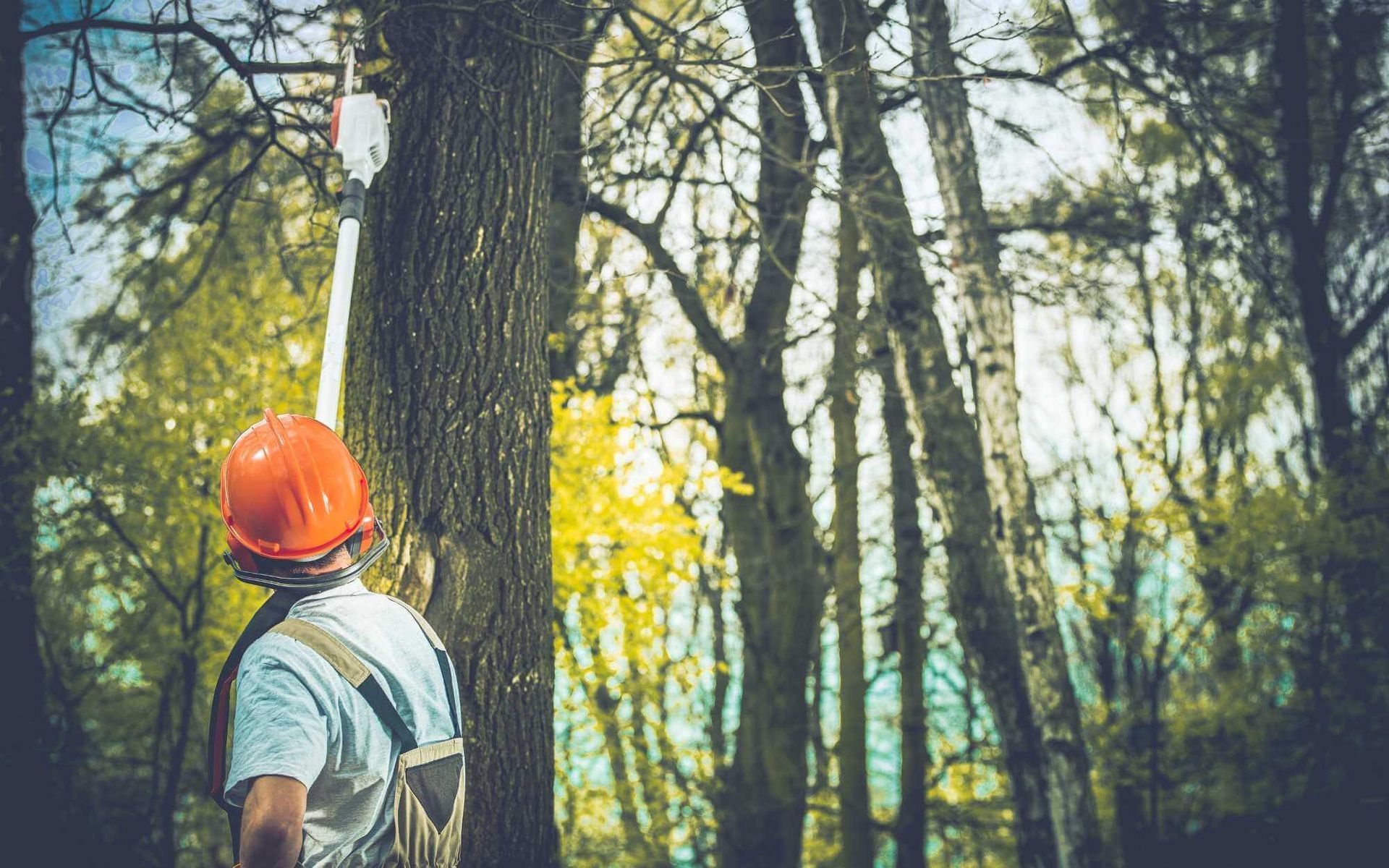Recognizing Visual Indicators of Unhealthy Trees
PUBLISHED ON
SHARE THIS ARTICLE

When we think about safety in our homes and neighborhoods, we often overlook the silent giants that surround us: trees. While they offer a host of benefits, from providing shade to increasing property values, trees can also pose significant risks if they're unhealthy.
Recognizing the visual indicators of unhealthy trees is a crucial skill that can prevent potential accidents and damage. By understanding these signs, we can take proactive steps to address the issue in a timely manner, ensuring the safety of our loved ones and properties. This blog post will guide you through the key indicators to look out for.
Why Identifying Sick Trees Matters
Identifying sick trees matters significantly because unhealthy trees can threaten life and property. They're susceptible to disease, infestations, and structural instability—all of which can result in unexpected and dangerous falls.
Moreover, sick trees can spread diseases to other plants, disrupting local ecosystems. Hence, early identification and treatment can prevent such risks, protect our environment, and uphold the natural aesthetics of our surroundings.
Common Visual Indicators of Unhealthy Trees

Let's delve into the common visual cues indicating a tree's declining health and how to address them effectively.
Wilted or Discolored Leaves
One of the most common visual indicators of an unhealthy tree is wilted or discolored leaves. If you observe leaves that appear faded, curled, or have abnormal coloring such as yellowing or browning outside of the usual seasonal changes, it may signify that the tree is suffering from a disease or pest infestation.
Dead or Decaying Branches
Dead or dying branches are another clear sign of an unhealthy tree. Often appearing dry, brittle, and lacking bark, these branches can be a symptom of a serious tree disease or pest problem. If you spot such branches, act swiftly, as they pose a significant risk of falling.
Bark Damage or Peeling
Tree bark abnormalities are a strong visual indicator of a deteriorating tree. If you notice areas where there's missing or peeling bark, or deep cracks, it could suggest internal decay or infestation. Prompt attention to such symptoms can prevent further tree damage.
Fungus or Mushroom Growth
A conspicuous sign of a sick tree is the presence of fungus or mushrooms, typically at the base. These organisms thrive on decaying material, indicating possible internal rot. Immediate consultation with an arborist is recommended if you spot such growth.
Leaning or Unstable Tree Structure
A leaning or unstable tree structure can also indicate poor health. If an entire tree is leaning dramatically or its trunk is noticeably uneven or crooked, it may be structurally unsound. This can pose a serious safety risk, necessitating immediate intervention from a professional.
How to Recognize and Assess Tree Health
Recognizing and assessing a tree's health is crucial for maintaining a thriving ecosystem.
Start by examining the tree's overall appearance, looking for signs of damage, disease, or pest infestation. Assess the tree's trunk for any cracks, decay, or abnormal growth patterns. Inspect the branches for dead or dying limbs, excessive leaf loss, or discoloration.
Check the roots for stability and signs of root rot. Consider the tree's location and environmental conditions. If you suspect any issues, consult certified tree care professionals for a comprehensive evaluation and appropriate action (tree trimming, tree removal, etc.)
Preventive Measures and Tree Care Tips

Fortunately, there are a range of preventive measures you can take to protect your trees from disease and pest infestation and keep trees healthy:
- Implement regular inspections to identify any signs of tree diseases or damage early on.
- Prune trees regularly to maintain their health and promote proper growth.
- Ensure proper watering and irrigation to keep trees hydrated and prevent stress.
- Apply mulch around the base of trees to conserve moisture and suppress weed growth.
- Protect trees from pests and diseases by using appropriate treatments and pesticides.
- Avoid excessive trimming or pruning, as it can weaken the tree's structure.
- Consult with a professional arborist for expert advice on how to keep a tree healthy.
Now, start unveiling those unhealthy trees!
Vigilance and proactive care are key to maintaining healthy trees and ensuring safety in our surroundings. Regular inspection and preventive measures can help detect early signs of tree health problems, thus protecting property and preserving our environment.
So, don't wait until it's too late. Be a responsible guardian of your green friends. Start inspecting your trees today, and if you notice any signs of distress, consult our
professional arborist immediately. A healthy tree is a happy tree!
Want a free quote or some friendly advice? Call our team today:






